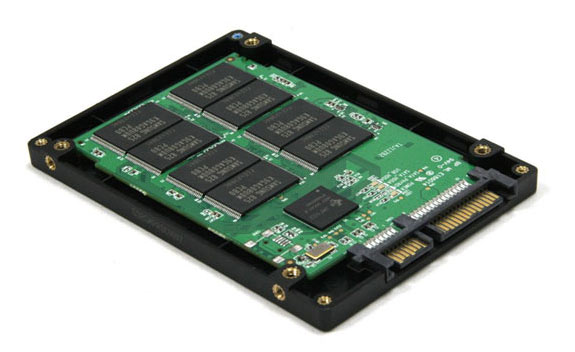Choosing a Motherboard
What is a Motherboard?
The Motherboard or MOBO is the main hub of every PC. This is the place where all the components connect together physically and through software. The MOBO have lots of I/O (input/output) connectors and ports on them and it is key to choose the right ones for your parts. For example if you want USB 3.0 on your computer you need a USB 3.0 header on your Motherboard. The MOBO also contains the chipset. The chipset manages the transfer of data between all parts of a PC. You can now probably tell that compatibility between components is a key factor to consider when purchasing a MOBO.

How can I ensure my MOBO is compatible?
Firstly you need to ensure the socket type is the same as the CPU you purchased. In my case this is an AMD AM3+ socket. This might sound a bit confusing but you simply need them to be the same on both of the parts. Different socket types are essentially the same things but with a certain number of pins for the CPU to physically connect to.
The size of the MOBO is also important. For example if you want a smaller build you could use a Mini ITX board or a Micro ATX. A full size ATX board will have more connectors and ram slots. When building a budget PC size doesn't really matter so a large MOBO can be good. With more ram and PCIe slots it leads to better upgradability in the future. But on the other hand an extra £20 saved here can be spent on a better GPU for example. Also a smaller board can often offer everything a budget build needs. For example a budget build is unlikely to have more than one GPU so less PCIe slots are needed.
How can I get USB-3?
USB 3.0 is a relatively new standard in data transfer. If you are ever planning on transferring data from a camera for example to your PC I would highly recommend getting a USB 3.0 system. This means you will require one or more USB 3.0 headers on your MOBO. The company selling the Motherboard is likely to use the USB 3.0 headers as a selling point so it is normally easy to see which ones have them.
Which MOBO did I choose?
 |
| Photo from Gigabyte website. |
I purchased the Gigabyte GA-78LMT-USB3. This is a mATX form factor board. This means it has all the necessary headers and connectors but no more. With four RAM slots, two PCIe connectors, and a regular PCI slot. This provides the minimum requirements to fit all my components and also has room for more expansion in the future. For example the four ram slots are a place where I can easily upgrade my RAM capacity at a later date. Gigabyte are also a well known brand and are known for building durable long lasting boards.
Come back next week for part #3 of our budget PC series.














